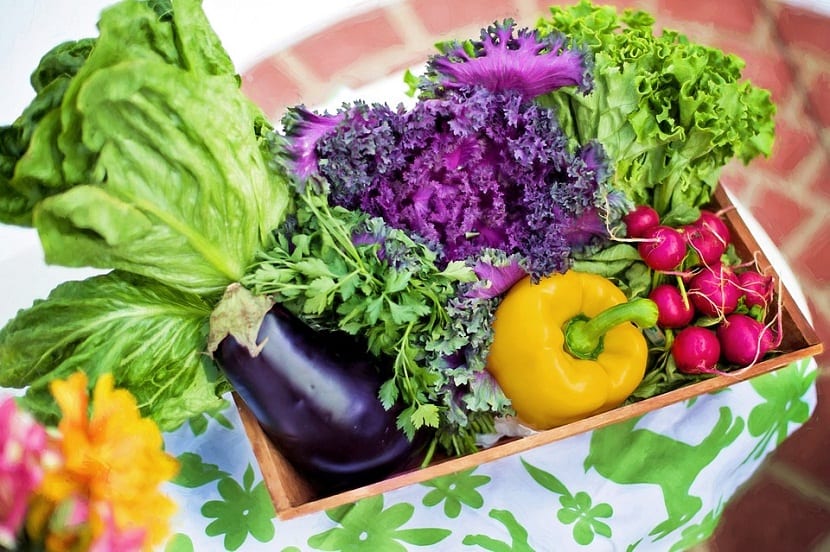
The world of the gastronomy It is made up of a myriad of elements that today are part of the cultures of many nations. Food can be eaten by cultural, medicinal reasons or for reasons of taste.
Whatever the case, food also has multiple categories that allow consumers to choose from a wide range of delicacies. So it seems that currently, the menu of many countries has great options for all tastes, needs and customs, in such a way that the consumer can select among all the elements, those that best suit their preferences.
What are they and why eat vegetables?
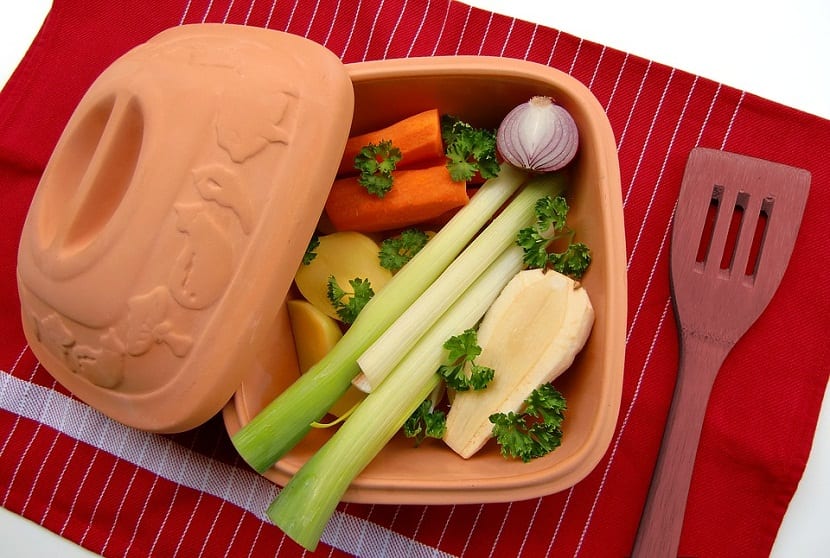
Mainly, there are multiple categories that today are delimited based on a series of characteristics, be they physical, visual, nutritional-medicinal, etc.
Today we will talk about vegetables and we will give you information about its main characteristics, some important data, as well as content about its classification and its cultivation.
In principle, vegetables include those foods from the plant world that can be consumed under a certain state obtained after being processed or in its raw form. Among so many options, vegetables include all kinds of plants that can be consumed in any state.
Vegetable constitution
Its composition responds largely to a 80% water, while the rest is made up of nutrients and based on the above, it is easy to assume that the vegetables offer hydration for the body to the body, as well as great nutritional contributions.
Its nutritional information includes an endless number of substrates, among which we can mention fibers, vitamins, minerals, sugars and starch. Likewise, part of its nutritional information has antioxidants in small portions.
In this sense, we can realize the importance that vegetables play in consumer health, as well as in the maintenance of the hydration status of the individual and its protection systems against hostile organisms present in the environment.
Vegetables comprise a myriad of consumption elements that in turn involve great characteristics and consequently, this has given rise to multiple forms of consumption. consumption, cultivation and irrigationIn such a way that each of the characteristics of these vegetables will make each one of them necessarily particular elements.
Grow vegetables
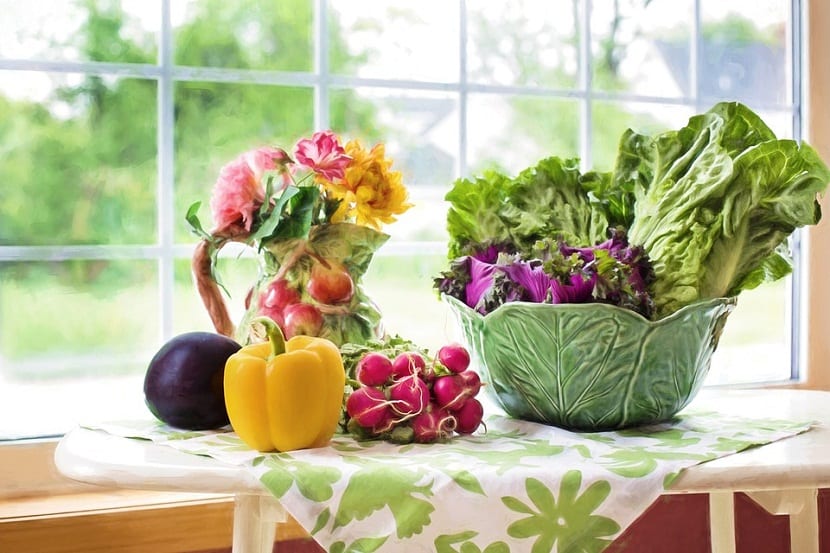
Generally, the cultivation of vegetables it needs nothing more than dense soils and calm climates.
The vast majority of these do not require large amounts of fertilizer per monthHowever, there may be some exceptions, which is why we will proceed to explain each of the cultivation processes and fertilizing the vegetables, taking into account the most typical taxonomy, offering the user the possibility of knowing what the advantages and disadvantages of each of them are.
Likewise, some examples corresponding to each classification will be presented, in such a way that the idea that the author brings to his head can be seen more concrete depending on visual elements that reinforce understanding and information association.
Thus, there are many considerations that are taken into account when carrying out the classification of vegetablesFor this reason, here are the types of vegetables.
Types of vegetables
Of fruit
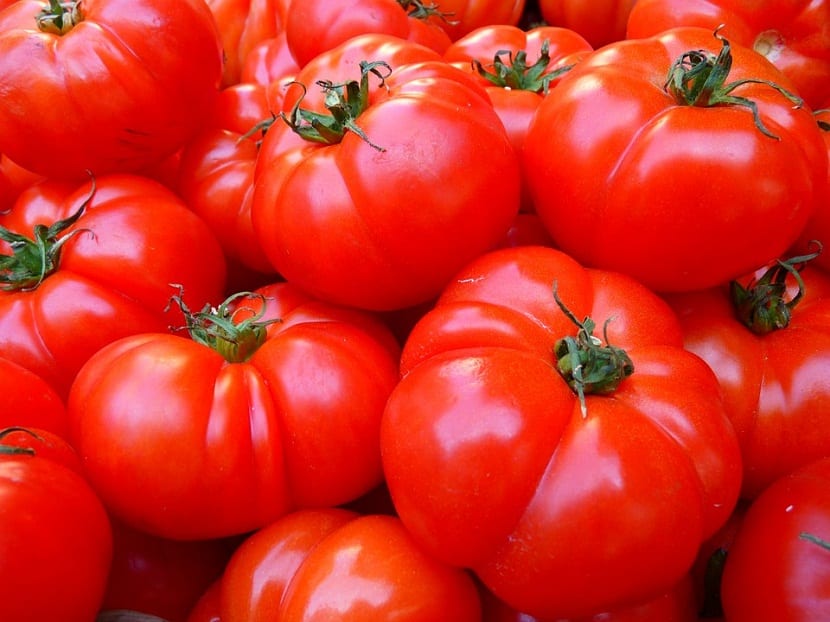
As the name suggests, this class of vegetables offer great nutritional contributions on the fruit that the determined plant offers.
Fruits can be harvested at specific times of the year or in some cases, can be extracted in any season of the year depending on the case and among some fruit vegetables we have the watermelon, tomato, cucumbers, melon, eggplant, zucchini, etc.
Its cultivation needs certain types of considerations and the soils must respond to certain humidity states, as well as maintaining a medium consistency. It must be constantly fertilized, especially when the fruit sheds its first layers, at which time we must add potassium to compost doses to which we are subjecting the plant.
Sheet
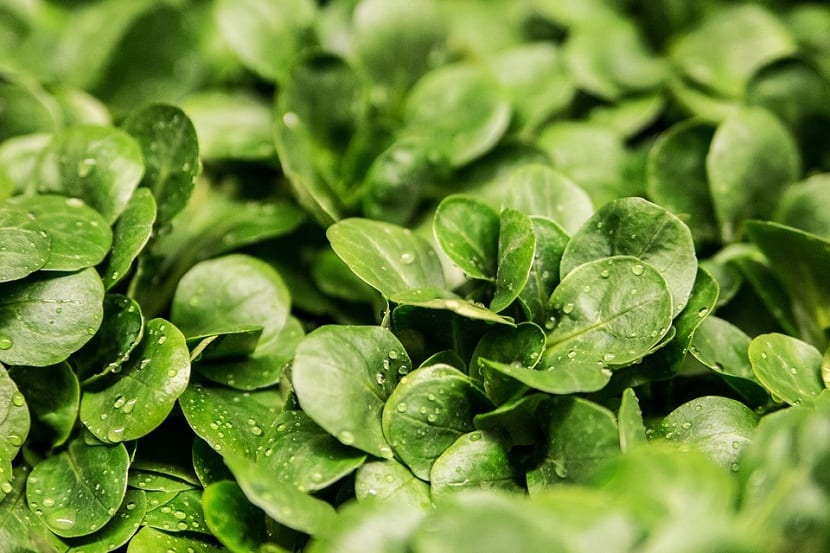
They are in the leaf area of the plant, that is, in its leaves. In some cases, they need to be well cleaned before being consumed, since they could have been exposed to non-potable water.
Likewise, these vegetables tend to be included in many salads and in some cases, they are used as a complement to stews and soups, thanks to their variety, which is very wide and is that they can present multiple sizes, colors and textures and among some examples we can find the lettuce, chard and spinach.
Its cultivation is carried out under the following conditions, since its soils must be fresh and of light consistency. What's more, accumulation of water should be avoided potentially (puddles).
The humidity of their floors must be subtle and cautious and when it comes to their compost, it must be known that they do not need any compost. Irrigation should be consistent in their early development days, for later and once certain guidelines have been crossed during its development, it will only be enough to keep the ground cool in which these vegetables grow.
Root
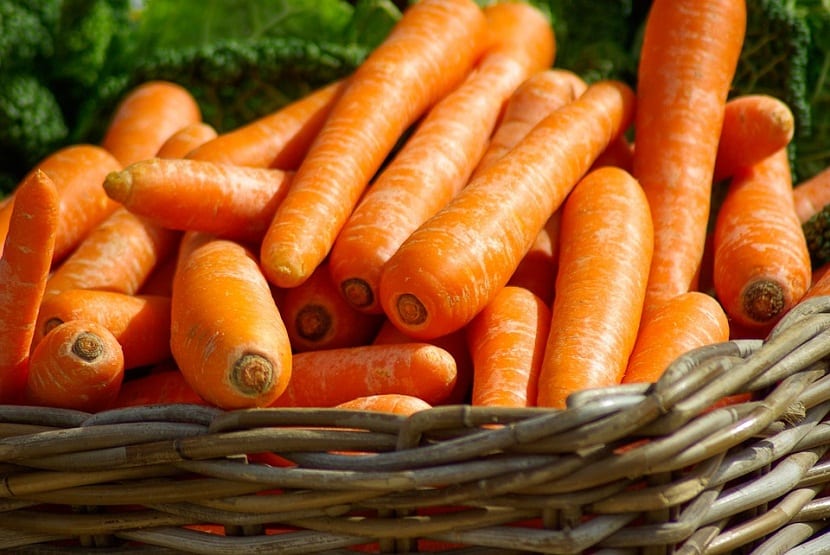
The carrot has been part of this classification, since the roots of this type of vegetable is very soft and its roots, that is, its food, is presented in large proportions, therefore, this kind of vegetable has great nutritional contributions. Its cultivation is apparently simple and it is enough to generate a soil cleared of hard objects such as stones or others.
As for the climate, your soil should only be normal land to sow, constantly accompanied by fertilizer dose. There are also some specific considerations for the cultivation of each root vegetable, which will depend on the type of product they generate.
Seed
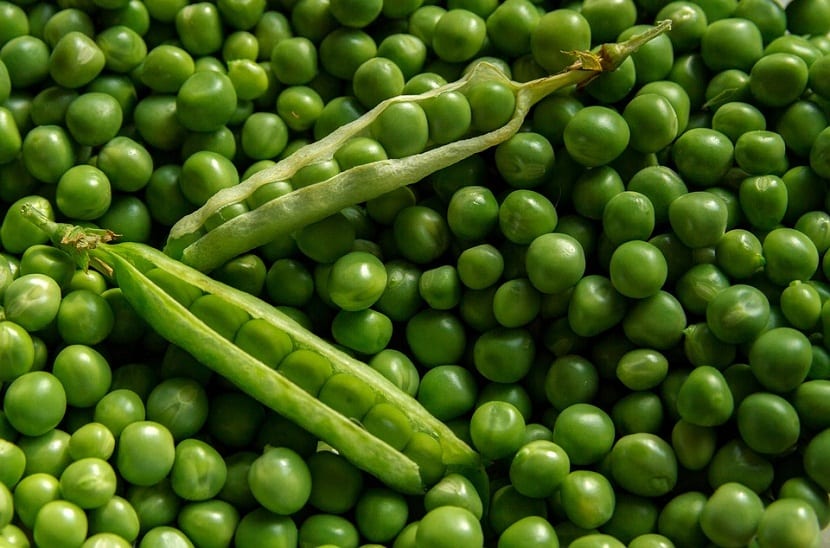
As its name indicates, the seeds are the elements to consume on this vegetable and it is that generally, these seeds can be easily consumed, as well as easy opening.
Some cases need some type of processing before being consumed by the user and among some examples we can mention the peas, beans and peas.
Thanks to its size, its cultivation does not need large spaces to develop effectively. Its subscription is very simple and is done on a weekly basis since its consumption is considerably slow.
Stem
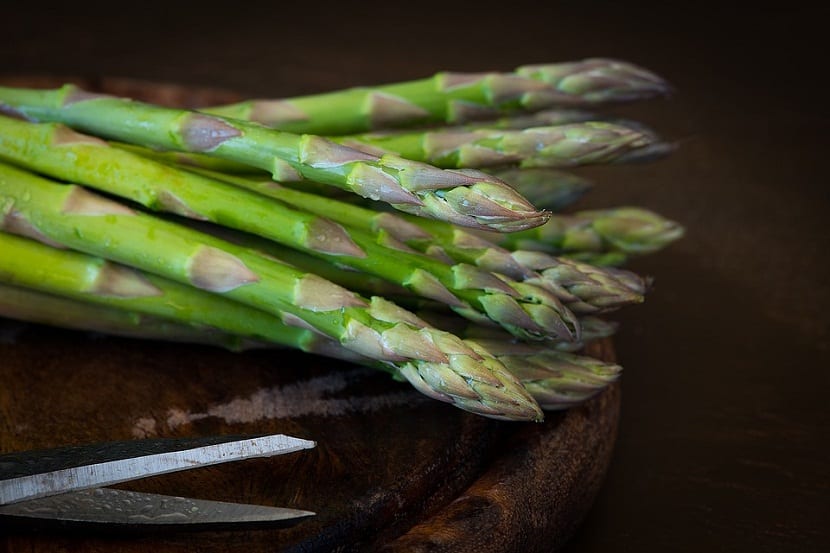
These vegetables abound in fibrous content, which implies a practically necessary consumption in the food chain.
Thus, among some examples of this kind of vegetable we have asparagus and thistle. Your sowing can withstand almost all kinds of climates, which is an indicator that they easily adapt to various scenarios without compromising their final product, being their fertilizer very similar to that of root plants, therefore, they do not need much care as such.
Ultimately, vegetables abound in each of our menus. Its consumption can respond to multiple reasons, as well as its cultivation.
Its great taxonomy has resulted in multiple offers to the gastronomic market, which allows merchants the possibility of choosing between multiple elements, taking into consideration the needs of the population, as well as the possibilities of planting and cultivating the area, which will allow you to estimate the level of demand that this vegetable may present.
Flower
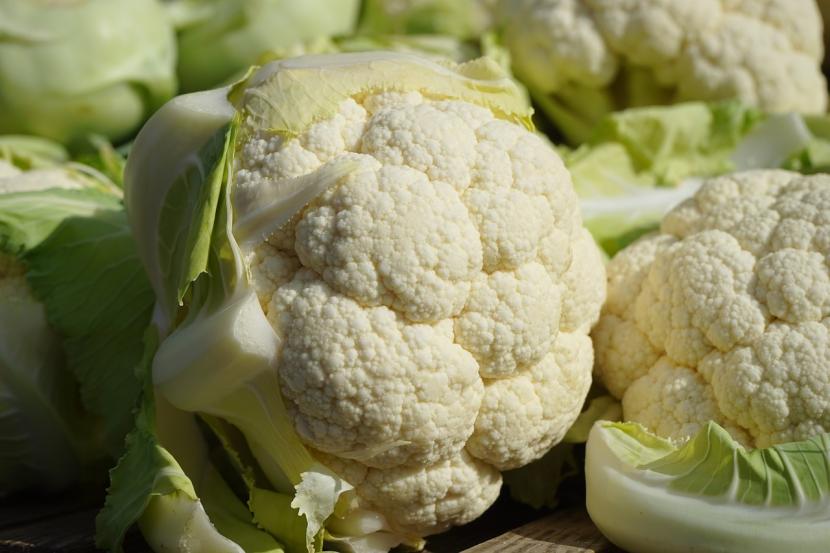
Within the category of flower vegetables we can find cauliflower, cabbages, broccoli and artichokes and it is that well and as its name indicates, they are those vegetables in which the flower part is eaten.
The great thing if you have a garden with this type of vegetable, is to collect it when the flower is still closed, since when it opens, it will have lost all its benefits.